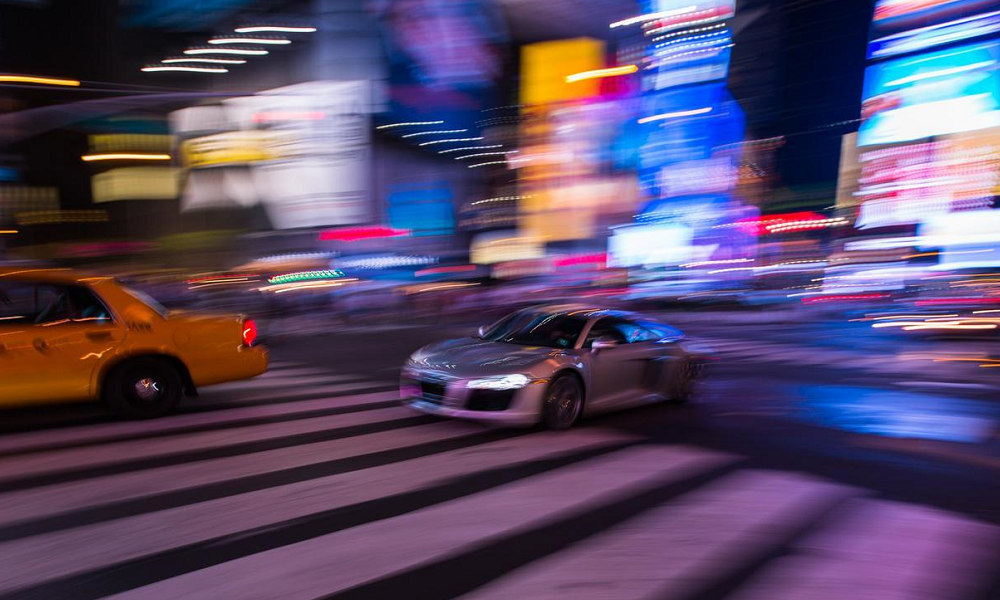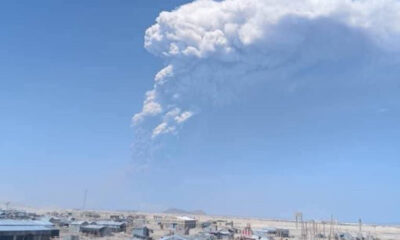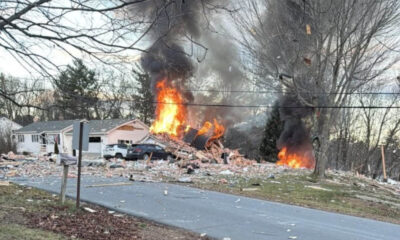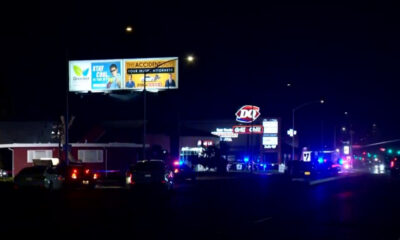Reviews
The Rise of Street Racing Culture in NYC: Legal and Safety Concerns

Street racing has emerged as a thrilling yet contentious aspect of urban culture in New York City. This underground activity draws enthusiasts yearning for speed, while simultaneously raising significant public safety and legal concerns. Street racing is illegal in all 50 states, including New York, leading to numerous legal challenges and increasing the risks involved.
Participants often put themselves and others at risk by disregarding traffic rules, contributing to accidents and potential injuries. Law enforcement in New York City faces challenges in curbing this trend, prompting discussions for stricter regulations and surveillance. Efforts are underway to enforce regulations, but enforcement remains a formidable task against the backdrop of this exhilarating yet dangerous pursuit.
Beyond safety concerns, there are serious legal implications for those engaging in street racing. Those caught participating may face severe legal consequences, including criminal charges. Those affected by incidents involving street racing may require the assistance of experienced professionals, as detailed in cases like NYC car accidents, to navigate the complexities of the legal process and seek rightful compensation.
Exploring the Allure and Risks of Street Racing in NYC
Street racing in New York City captivates participants with its high-speed, adrenaline-fueled environment but poses significant challenges. It combines cultural appeal with substantial hazards. These include a heightened risk of accidents and the legal implications faced by those involved. The city’s approach to curbing this underground activity involves legal measures and proactive efforts by law enforcement.
Cultural Significance and Media Influence
Street racing holds a unique place in urban culture, particularly among young enthusiasts who are attracted by the thrill and community aspect. Media portrayals and films often glamorize this activity, presenting it as an exciting rebellion against societal norms. This portrayal heightens its appeal, drawing in more participants and spectators.
The sounds of revving engines and the communal aspect offer a form of identity and belonging. As more youths engage with this culture, it perpetuates its growth without fully considering its perils. Efforts to educate about its risks face challenges in competing with the strong influence of media representations.
Recognizing the Dangers
The high-speed nature of street racing presents severe risks. Participants often engage in reckless driving and speeding, which can result in tragic accidents causing injuries or fatalities. Public safety becomes compromised as races occur on streets unprepared for such activities, sometimes turning into chaotic situations.
Street racing not only endangers those directly involved but also innocent bystanders. The thrill sought by participants often overshadows the potential consequences, making them oblivious to the imminent dangers. Addressing this requires continuous public awareness campaigns and educational initiatives to highlight these hazards.
Legislation and Law Enforcement Response
Law enforcement and legislative bodies in NYC have recognized the urgent need to counter street racing activities. Measures including stricter penalties and increased policing efforts have been introduced to deter these illegal gatherings. High-profile operations often involve police cars to curb activities like sideshows, which are spontaneous and unpredictable.
New legislation aims to impose heavier fines and harsher consequences on participants and spectators, increasing the risk for those involved. Despite these efforts, law enforcement continues to face challenges. This is compounded by the ever-evolving tactics of racers to avoid detection. Ongoing adaptation of strategies remains essential in addressing this pervasive issue.
Strategies to Mitigate Street Racing
Efforts to address illegal street racing in New York City focus on combining education and preventative measures with safe, legal alternatives for enthusiasts. Law enforcement, public education campaigns, and sanctioned venues play critical roles in these strategies.
Preventive Measures and Education
Education targeted at youth is a key strategy in reducing illegal street racing. School programs and community workshops highlight the dangers associated with this activity and its impact on public safety. By focusing on real-life consequences, these initiatives aim to create a more informed and safety-conscious youth.
Law enforcement agencies regularly collaborate with local schools and community organizations. They provide presentations that combine factual data with compelling personal stories from accident survivors and first responders. These narratives emphasize the severe human and legal costs involved.
Additionally, public service announcements and social media campaigns reinforce these messages. They are designed to reach broader audiences, encouraging responsible behavior and highlighting the legal repercussions of street racing. Partnerships with influencers and local celebrities can also make these messages more engaging.
Legal Alternatives and Safe Venues
Providing safe and legal alternatives is essential to divert those interested in racing away from illegal activities. Many cities, including New York, promote the development of dedicated racing tracks. These venues are supervised and equipped to ensure the safety of participants and spectators.
Local authorities and car clubs often host sanctioned races and events. These provide a controlled environment for enthusiasts to test their vehicles and skills without endangering public roads. Such events are typically supported by sponsorships and feature various classes and competitions catering to different vehicle types and skill levels.
Legal alternatives are vital in reducing illegal street racing incidents. By creating a venue where enthusiasts can enjoy racing safely and legally, the public and community leaders foster a culture of responsibility and awareness around automotive sports.

-

 World1 week ago
World1 week agoEthiopian volcano erupts for first time in thousands of years
-

 Health2 days ago
Health2 days ago8 kittens die of H5N1 bird flu in the Netherlands
-

 Legal7 days ago
Legal7 days agoUtah Amber Alert: Jessika Francisco abducted by sex offender in Ogden
-

 US News6 days ago
US News6 days agoExplosion destroys home in Oakland, Maine; at least 1 injured
-

 Health7 days ago
Health7 days agoMexico’s September human bird flu case confirmed as H5N2
-

 Legal3 days ago
Legal3 days ago15 people shot, 4 killed, at birthday party in Stockton, California
-

 World1 week ago
World1 week agoWoman killed, man seriously injured in shark attack on Australia’s NSW coast
-

 US News2 days ago
US News2 days agoFire breaks out at Raleigh Convention Center in North Carolina




